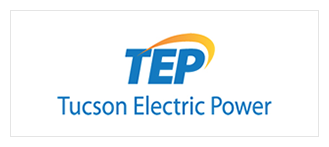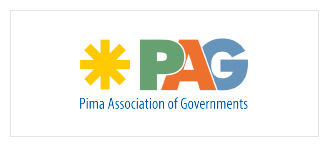 Explore Data on Air Quality in Tucson, Arizona MSA
Explore Data on Air Quality in Tucson, Arizona MSA
How are we doing?
Percent of Good Air Quality Days (2024)

In 2024, Tucson’s air quality was rated “good” 30.9% of the time. That placed the Tucson Metropolitan Statistical Area (MSA) with the sixth highest rating out of 12 western MSAs in the percent of good air quality days. Portland ranked first with 76.5%, while Phoenix ranked last with only 6.8% of days considered “good”. According to the Air Quality Index (AQI), good air quality days occur when air quality is satisfactory and air pollution poses little or no threat. The AQI has six rankings: good, moderate, unhealthy for sensitive groups, unhealthy, very unhealthy, and hazardous. Tucson’s percentage of good air quality days in 2023 decreased from last year’s rate of 33.7%. Prolonged smoke during fires in the Tucson MSA region has contributed to the decline in air quality over the past few years.
Why is it important?
Air quality is vitally important to the well-being of a region’s residents. It is a significant health concern to those sensitive to air pollution due to respiratory or other conditions. Air pollution can cause loss of productivity due to illness and damage to buildings and crops, making it a hazard to the environment and the economy. Traffic congestion, smoke, and pollution from industrial factories and refineries all affect air quality.
How do we compare?
The Tucson MSA posted 96.7% of days classified as good or moderate air quality in 2024, with 3.3% ranked unhealthy for sensitive groups, and no very unhealthy or hazardous days. Of the western MSAs, Phoenix reported the highest rate of unhealthy, very unhealthy, and hazardous days in 2024. According to a report by the American Lung Association, Phoenix has a high Ozone level brought on by warm temperatures. Very unhealthy days indicate a health alert in which all residents may experience serious health effects, while hazardous days represent an emergency warning.
What are the key trends?
The percentage of air quality days rated “good” for the Tucson MSA has been volatile in recent years, reaching a peak of 64.7% in 2015, then sharply decreasing to a 20-year low of 25.5% in 2021. The percentage of good air quality days showed some improvement in 2022 and 2023, but declined in 2024. Tucson moved from the third-highest rate among the 12 western MSAs in 2019 to sixth in 2024. Phoenix retained its last-place ranking among the 12 MSAs tracked on the MAP in 2024 and continues to struggle nationally.
How is it measured?
Air quality data come from the U.S. Environmental Protection Agency’s Air Quality Index Report, an annual summary of AQI values for four major air pollutants. However, many areas do not have monitoring stations for all pollutants. The AQI has a range of 0-500 broken down into six levels: good (0-50), moderate (51-100), unhealthy for sensitive groups (101-150), unhealthy (151-200), very unhealthy (201-300), and hazardous (301-500). The AQI for ozone was updated by the EPA in 2024, and this update applied to all historical data.












